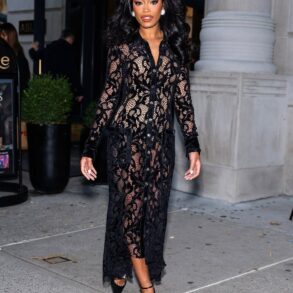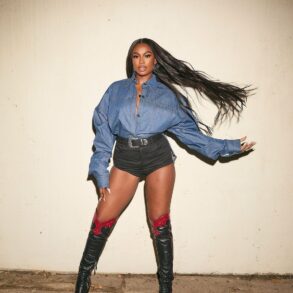
News of the return of the controversial Victoria’s Secret Fashion Show was released to the public earlier this year in March during the lingerie company’s investor call for 2023 Q1. Reactions are mixed with some considering the lingerie business to have entered its sunset years, while others are plainly and vehemently against the company attempting to put up a show of any kind. Between body-shaming, transphobia, misogynistic practices and alleged ties to the late high-profile sex trafficker, Jeffery Epstein, Victoria’s Secret has a more than sticky history to climb out of.

The show enjoyed a 24 year-long run which peaked at 12.4 million views in 2001 in the US, though declining sales and record low viewership in 2018 in light of the mounting controversies led to the show’s cancellation in 2019. For better or worse, the Victoria’s Secret runway was at one point the underwear industry mecca where pop culture and fashion intersected. A-list performances were interspersed in between rows of super models marching down the catwalk each year, notwithstanding leading feminist voices in music like Rihanna and Lady Gaga in 2012 and 2016 respectively. The fall of the VS Fashion Show and, concomitantly, the Victoria’s Secret Angel, hence represented a fundamental shift in fashion’s positioning towards underwear.
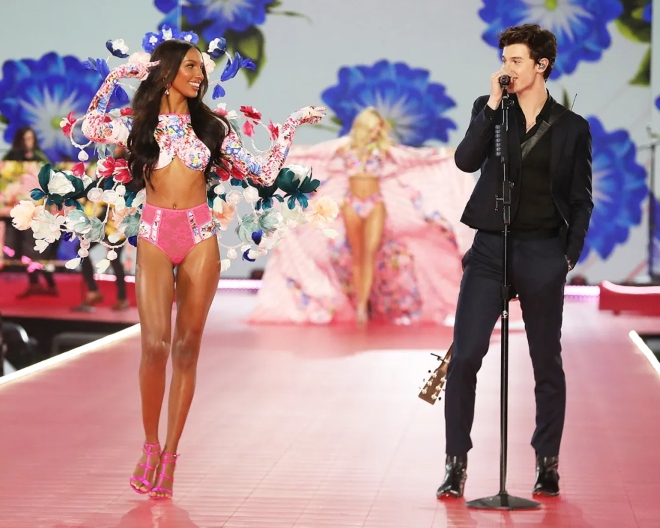
Sexy Becomes Tacky
The mediatised body of the Victoria’s Secret Angel constituted many things all at once. Unrealistic, Eurocentric beauty standards and the encroachment of the male gaze in virtually every corner of mass media were surely of concern, but it also pushed underwear out into the mass market spotlight significantly in an era of sex being taboo with a single, powerful message — “sex sells”.
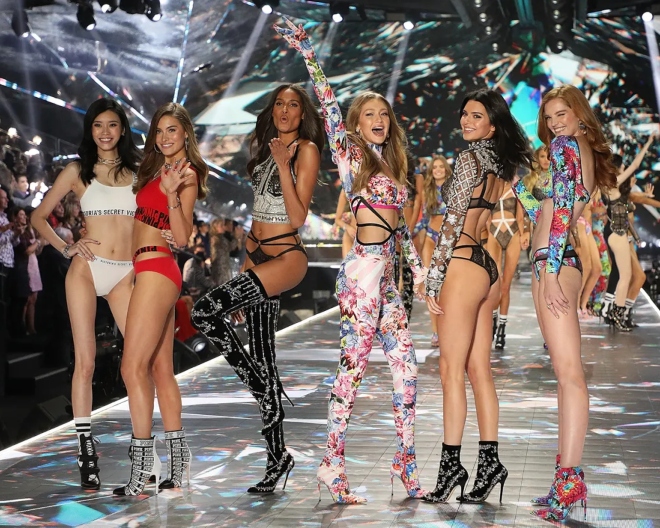
More than just supermodel glam, the Angels were so magnetic precisely because they were so provocative. The risqué core of the show drew in as they forced open scandalised eyes through a combination of shock and awe, imbuing in underwear power and status-conferring qualities. Yet, with mounting controversy over body-inclusivity transgressions and a normalising of sex with Third Wave Feminism, showcasing bodies with nothing but underwear on started to become almost a little boring. Worst, it was deemed to be hypersexualised. After all, what is overdone at all automatically becomes ill-informed, outdated and tacky. The era of the hypersexy underwear industry was over.
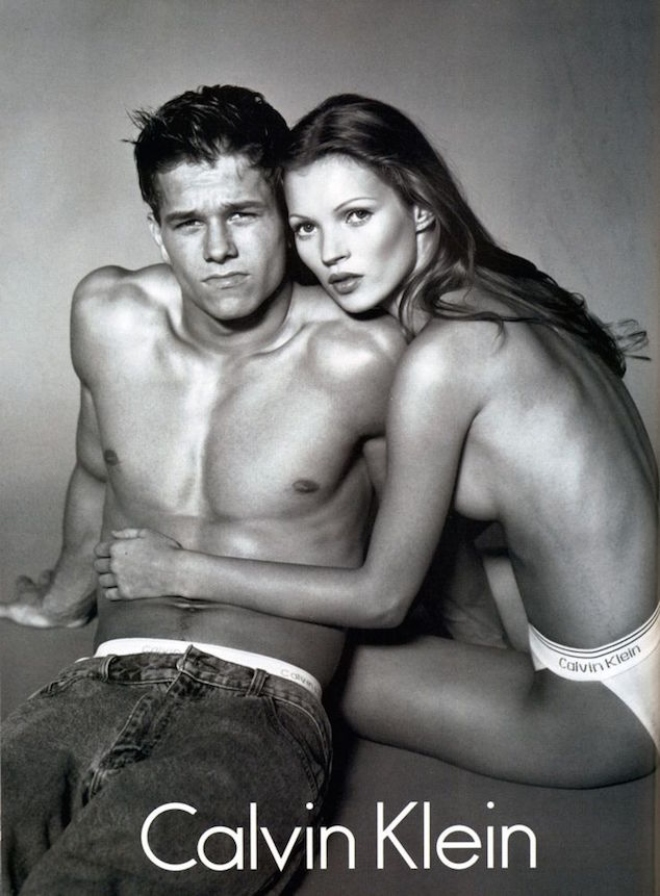
It was not mere coincidence that the fall of Victoria’s Secret aligned with the rise of Raf Simons’ Calvin Klein. The eminent Belgian designer enjoyed a two-year stint with the American fashion house most recognisable for their racy underwear campaigns from the 90s all through the 2010s. Infamous of these is the 1992 Mark Wahlberg and Kate Moss campaign. The campaign video featured the then rap artist and nascent would-be supermodel bare chested in a playful dance strategically obscuring Moss’s bosom, dressed in low-rise jeans iconically exposing the bands of their Calvin Klein underwear. Other notable examples include the 2014 #MyCalvins campaign featuring celebrities like pop-star Justin Bieber posting sexy pictures of themselves donning only Calvin Klein underwear. The #MyCalvins campaign alone is approximated to have brought in US$69 million in revenue.
Feeling Good Over Feeling Sexy
With the risqué premise of selling sex falling out of fashion, Simons’ takeover as Calvin Klein’s creative director seemed almost serendipitous with his distinctively artistic, softer take on marketing intimates and design as a whole. His breakout spring show in 2017 was critically lauded for its presentation of a beautifully epicene vision of Americana, cinema and art, winning him the Council of Fashion Designers of America Designer of the Year Award for both womenswear and menswear.
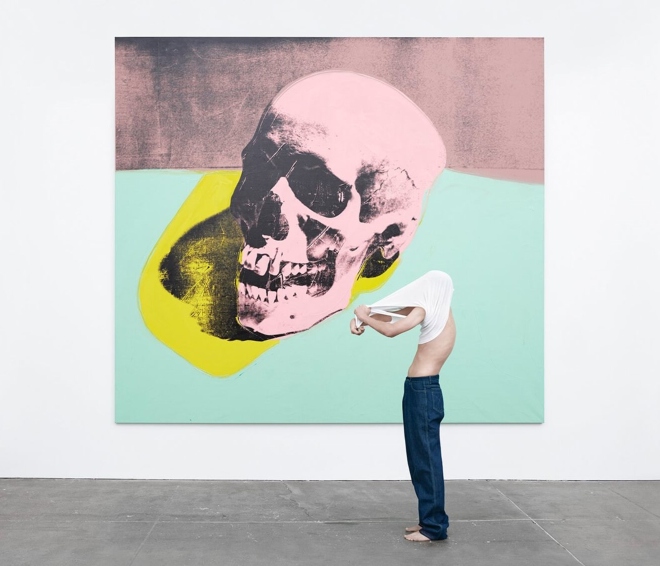
His adjacent spring campaign titled, “American Classics”, departed from Calvin Klein’s routine hypersexualising tactics and shifted the spotlight to the works of 3 major American artists instead: Richard Prince, Andy Warhol and Sterling Ruby. The campaign seemed more to showcase the art works, with the slender yet androgynous bodies of models with muted wardrobe staples and denim only serving as adornments on the side, their faces and torsos mostly turned away from the camera as if to de-emphasise their sexuality in preference for the softness of their silhouettes. The result: a privileging of epicene sensuality over hypersexuality; of feeling good over feeling sexy. Calvin Klein’s marketing tactics and the underwear industry at large were about to undergo a big shift.
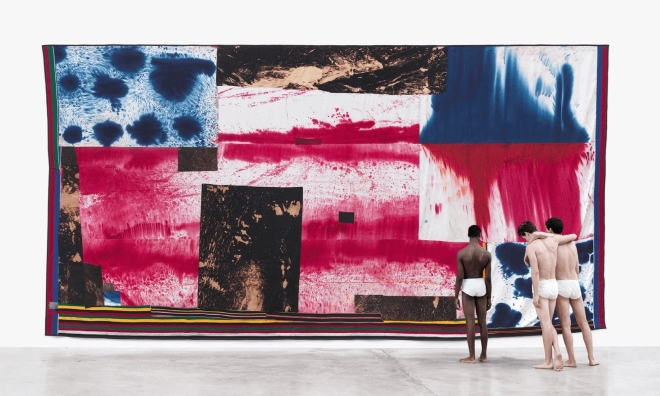
While Simons left Calvin Klein in 2019 under criticism of producing collections that were deemed “too elegant” to bring net profit to the House, his influence on the underwear industry continues to be felt till today not least in Calvin Klein’s intimates line itself. The House’s Spring 2022 campaign featured a motley crew of alternative mulit-disciplinary artists of colour, such as K-pop star JENNIE and hip-hop artist Dominic Fike, in an avant garde interview montage cutting from contemporary dance scenes in an open field to floating in a lake surrounded by a vast mountain range, interspersed with close up snapshots of the artists talking about intimate topics like community, belonging and love. Rather than sexualising independent body parts, the underwear in this campaign was stylised as versatile, effortless and most importantly — comfortable.
New Markets for Inclusivity
With the departure from its hypersexualised past, underwear was finally allowed to be comfortable again. Chic yet easy — effortlessness has become the new sexy. This new iteration of underwear marketing hence saw it join the ranks of lifestyle products, an everyday item that was at once casual and of paramount importance to the wearer. You didn’t wear underwear to be sexy anymore, but what kind of underwear you wore did determine how fashionable you were.
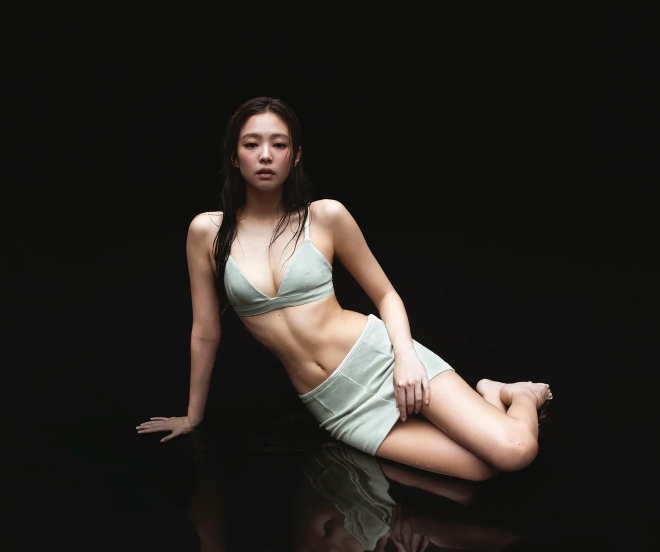
Kardashian clued in early on this phenomenon in 2019, strategically launching her own “solutions-oriented” apparel brand, Skims. Skims reframed underwear as “shapewear”, marketing their intimates as “second skins” not only designed to be skin colour inclusive, but body inclusive as well. The body positivity wave followed closely after the sex positivity wave, opening up a never before tapped into niche of the underwear market for Skims to dominate early on. As of July 2023, Skims is valued at US$4 billion and enjoys a semi-luxury status in not just the underwear market, but the wider apparel market as well with their bodysuits often marketed as versatile pieces all on their own.
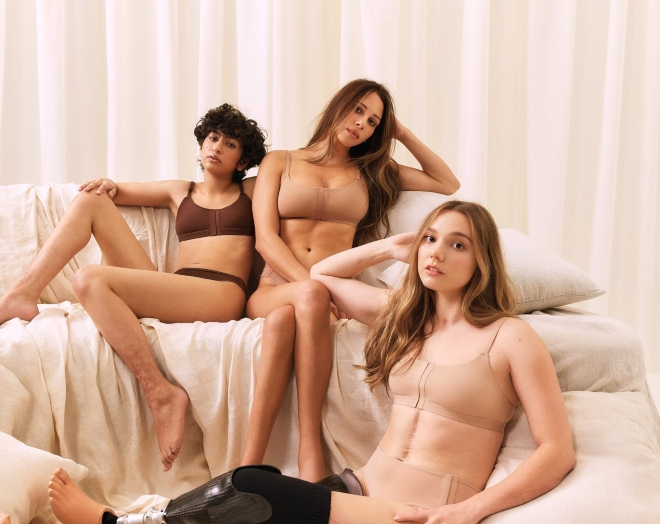
With the body positive expansion into the lifestyle products industry, selling underwear suddenly became significantly more accessible to a whole range of players. It had been elevated from sleazy boxer briefs to statement pieces, with luxury brands like Dolce & Gabbana and Versace hopping on the underwear band resurgence wave.




